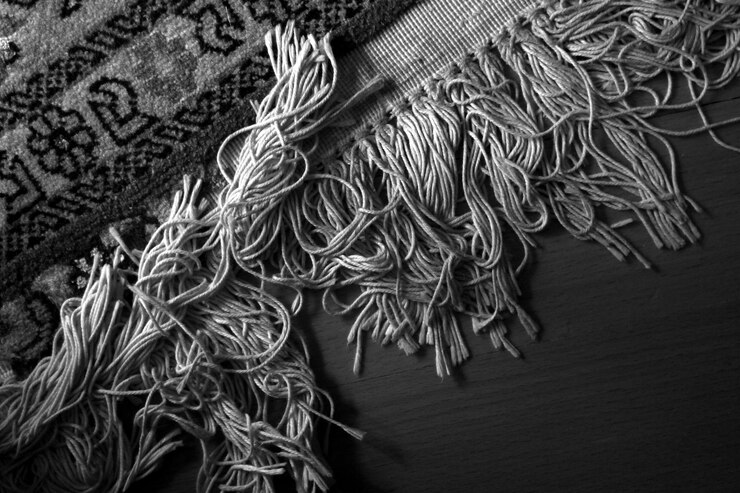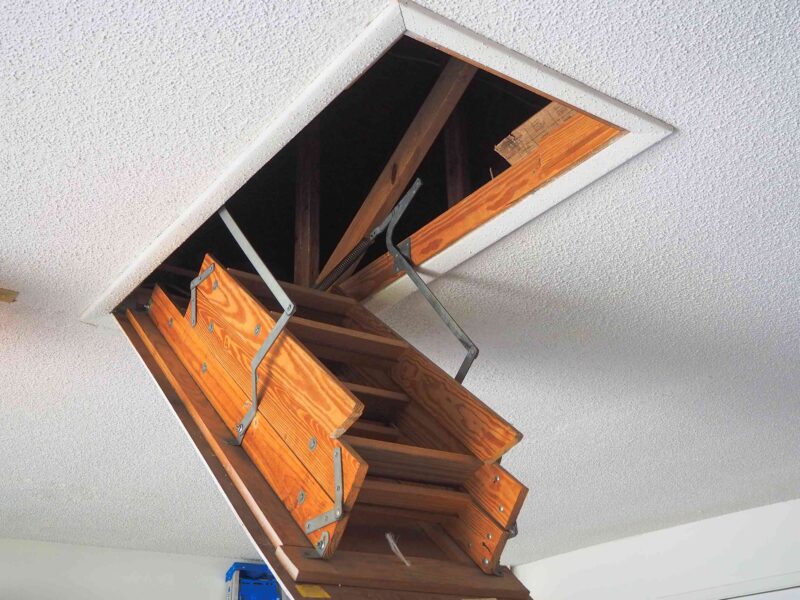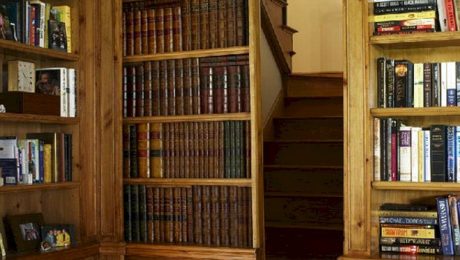Interior design doesn’t always require a full-blown makeover. Sometimes, it’s the smallest changes that leave the biggest impact. One of the most underrated design upgrades? A simple rug. Yes, really—a thoughtfully chosen rug can quietly transform an entire room’s vibe, making it feel fresh, inviting, and effortlessly pulled together.
Why Rugs Are Often Overlooked
Let’s face it, most people don’t think about rugs until they absolutely need one. Usually when cold toes meet bare floors, or the echo of footsteps starts to feel a little too loud. But beyond function, rugs have an incredible aesthetic power. According to a study published by the Journal of Interior Design, soft furnishings, especially rugs, play a key role in establishing visual harmony and spatial flow within a room. That’s a pretty big deal for something that lies flat on the ground.
Timeless Appeal of the Gray Traditional Rug

Take, for example, the gray traditional rug. Its timeless pattern and neutral palette can act like a visual anchor, grounding all the elements in the room. Whether it’s a modern space or a vintage-inspired layout, this rug can bridge diverse styles without overwhelming the eye. What’s even more fascinating is how these rugs can subtly reflect cultural heritage while still appealing to contemporary sensibilities.
Zoning Spaces with Style
You might be surprised by how often designers rely on rugs to define open-concept spaces. In an apartment or studio, rugs can help carve out zones without the need for walls or bulky furniture. Imagine separating a lounging area from a dining nook just by switching textures and colors beneath your feet. Rugs add layers, and layers bring depth.
The Psychology of Rug Colors
Color psychology also comes into play. Lighter hues like beige, ivory, or soft gray open up a room, making it appear larger and airier. On the other hand, deeper tones such as navy, maroon, or forest green can cozy up vast areas. According to Psychology Today, our brains associate certain colors with comfort or openness. So yes, choosing the right rug isn’t just about looks; it’s a mood-setting decision.
Choosing the Right Material
Material matters too. Wool rugs, for instance, offer durability and warmth. Cotton ones are lighter, often easier to clean, and fit well in casual settings. Synthetics like polypropylene are budget-friendly and great for high-traffic areas or homes with pets. According to the Environmental Protection Agency, indoor air quality can be affected by the materials we bring into our homes. Opting for eco-friendly or non-toxic rug materials is not only good for your home aesthetic but also your health.
Economic and Practical Benefits
There’s also an economic angle. Investing in one high-quality rug could potentially save you from larger redesign costs down the road. A rug can hide worn flooring, soften loud acoustics, or even mask uneven surfaces. All these fixes for a fraction of the cost of a major renovation. Interior designer Justina Blakeney often emphasizes the importance of rugs in her projects, calling them “the magic carpet of design” for their transformative quality.
Rugs as Personal Style Statements
Rugs also allow you to express personality in ways paint or furniture might not. Whether it’s a tribal pattern, geometric print, or a handwoven texture, it’s an instant art piece for your floor. You get to showcase culture, taste, and mood in one understated sweep.
Sizing and Proportions Matter
When sizing up for a rug, it’s crucial to understand the proportions. A rug that’s too small can make the room feel disconnected, while an oversized one might overwhelm the space. Designers typically recommend that a rug should extend at least 6–12 inches beyond your furniture on all sides. This simple rule helps create a cohesive look.
Why Bigger Rugs Are Gaining Popularity
Now, let’s talk big rugs—specifically, the increasingly popular rugs 10×12 in size. These larger pieces are perfect for anchoring big living rooms or spacious bedrooms. They provide enough surface area to hold multiple furniture pieces, which helps everything look intentional rather than floating. Think of them as the canvas upon which your room’s design story unfolds.
Expanding Options in the Market

In recent years, retailers have picked up on this growing demand. You’ll now find 10×12 rugs in a variety of materials, styles, and price points. From handcrafted Persian styles to contemporary monochromes, the choices are endless. Brands like Ruggable, West Elm, and Loloi have been spotlighted in interior design magazines for their versatile and high-quality selections.
Rugs: A Flexible Design Solution
And here’s the kicker: adding a rug doesn’t even need to be permanent. For renters or those who like to frequently switch things up, rugs offer a non-committal way to refresh a space. No paint fumes, no heavy lifting—just roll it out and let it work its charm.
What the Stats Say
Need more proof? A 2022 survey conducted by Houzz found that 54% of homeowners who updated their floors chose to do so using rugs or carpets, citing aesthetic appeal and affordability as top reasons. That’s a pretty telling stat on how valued this simple design element has become.
Final Thoughts
So, whether you’re revamping your living room or just trying to soften the acoustics in your hallway, a rug might be all you need. From setting the tone and dividing spaces to reflecting your personality, it pulls more weight than it gets credit for.
Start small or go bold—but do consider this: the right rug doesn’t just complete a room. Sometimes, it redefines it.
And that’s the power of a simple rug. Hidden in plain sight. Quietly changing everything.



